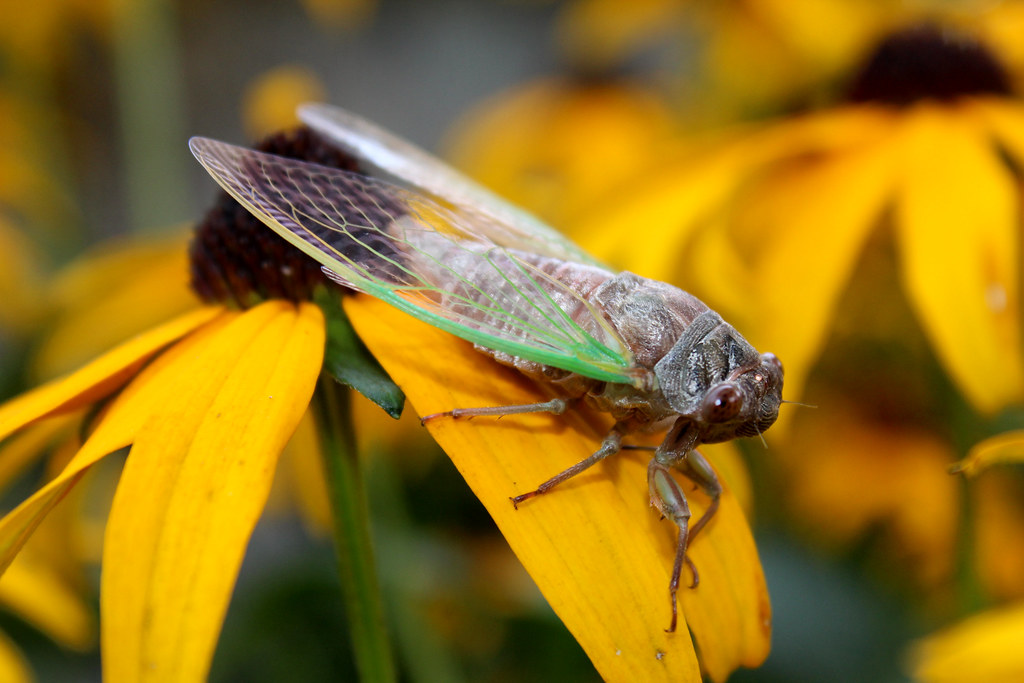Context:
Recently, Tens of billions of Noisy Cicadas are set to pop out of the ground in the coming weeks in a rare synchronized event that last occurred 221 years ago.
More on news
- The last time Brood XIX and Brood XIII emerged from underground at the same time, happened in 1803, when Thomas Jefferson was president.
- This spring’s emergence will feature Brood XIII and Brood XIX cicadas,
- The former living on a 17-year cycle and mainly appearing in the Midwest, mostly in Illinois, though also in parts of Iowa, Wisconsin and Indiana.
- While the latter follows a 13-year cycle and emerges over a broader geographic area that includes Illinois, Missouri, Louisiana, North Carolina, Virginia and Maryland.
- This year’s emergence is expected to be exceptionally large, possibly totaling over a trillion cicadas in areas where the two groups overlap.
- It’s a unique event to witness both groups emerging together, A 13-year brood and a 17-year brood occasionally come out at the same time, but each specific pairing only sees their cycles align once every 221 years.
- While there are thousands of cicada species worldwide, periodical cicadas stand out because they spend most of their lives underground before emerging for a short period to mate.

About Cicada
- Cicada (family Cicadidae) family of more than 3,000 species of insects known for producing sounds.
- Cicadas are found in tropical and temperate regions, deserts, grasslands, and forests.
- All cicada species have a life cycle that consists of three stages: egg, nymph, and adult.
- Usually residing in trees, cicadas feed on the watery sap found in xylem tissue and deposit their eggs in a split in the bark.
- Female adult cicadas typically lay their eggs in woody plant materials.
- Once hatched, the young nymphs tunnel into the soil, where they extract nutrients from the roots of perennial plants.
- Male cicadas produce loud noises by vibrating membranes.
- Nearly 60 species of cicada are found in Europe, the Middle East, and parts of Africa.
- Cicadas have historical significance in folk remedies, religious practices, and as symbols of wealth,
- Also serve as a vital food source for humans and various other creatures.
- Certain Asian species of male cicadas have been kept in cages for their melodious songs.
- Cicadas are known for their loud buzzing mating songs, which can reach up to 100 decibels.
- Despite their noise, cicadas are harmless to humans and don’t bite.
- Scientific name: Cicadoidea
- Type: Invertebrates
- Diet: Herbivore
- Average lifespan in the wild: Up to 17 years
- Size: 2 to 5 cm (0.8 to 2 inches).
- Major species are generally easily recognized by differences in songs, behavior.

